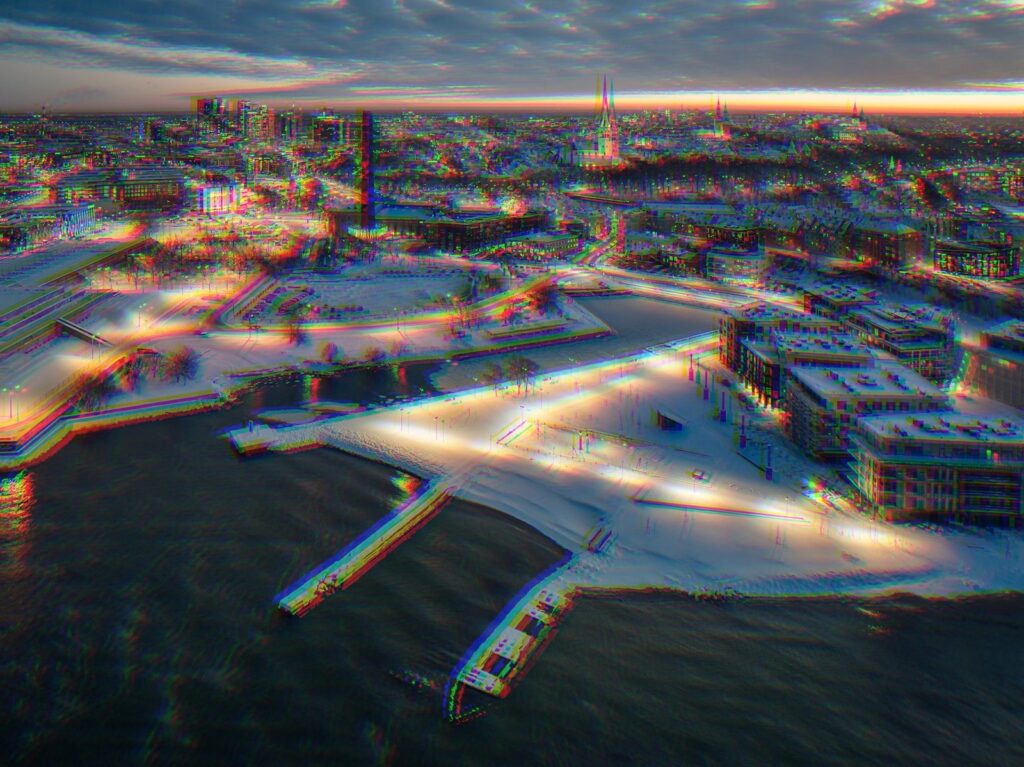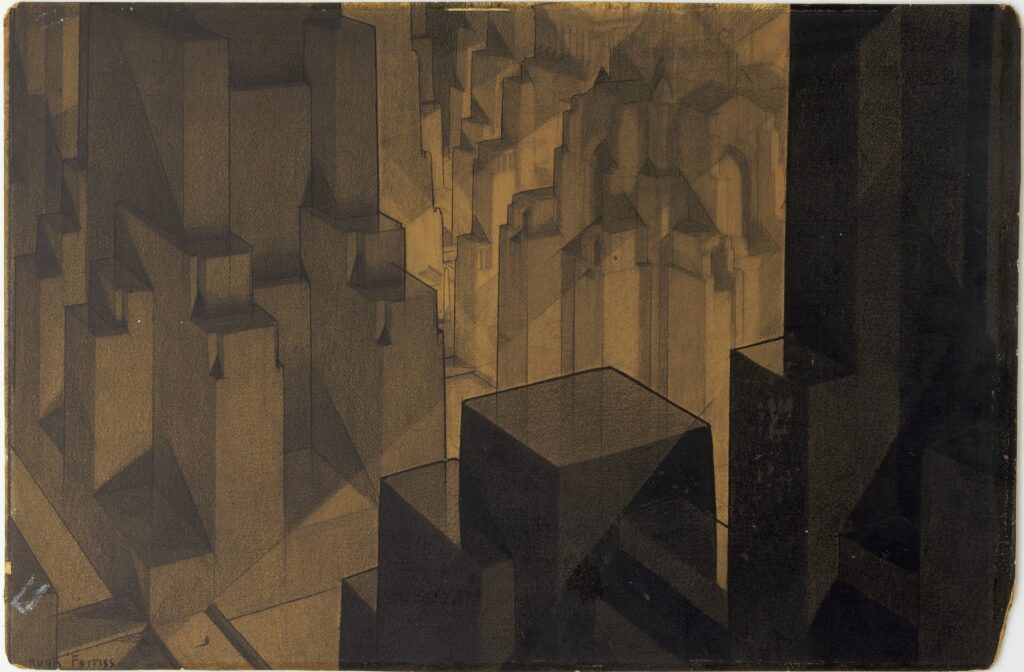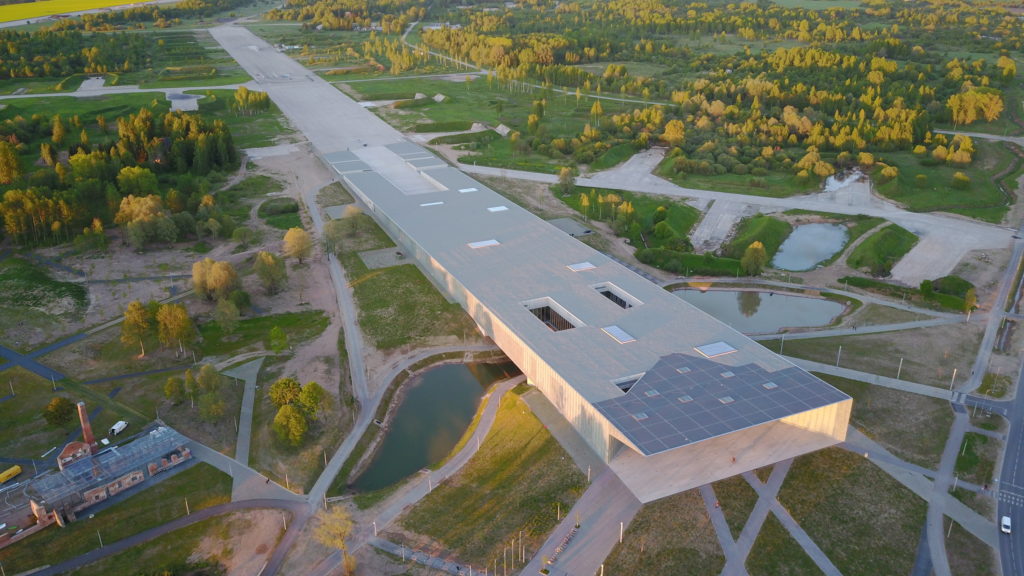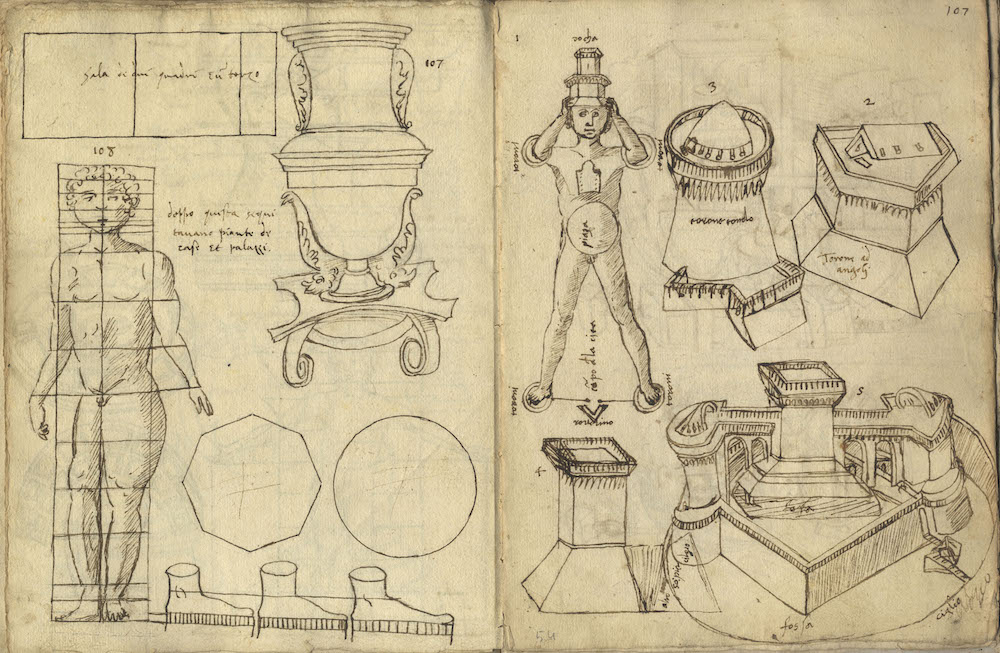What is surprising and innovative about Fahle Park Gallery Street compared to earlier reconstructions of industrial architecture?
Preservation has achieved cultural significance as a lens through which various urban experts have come to imagine what a socially and environmentally sound future might look like. As an approach, preservation has been applied to disparate phenomena ranging from historic neighbourhoods and natural environments to democracy and identity.
The genesis of Kalarand is a search for novel urban ideals. Amidst arduous planning and controversy, a number of urban activists matured and professionalised. In a prototyping-like process, several expectations we consider fundamental today on the subject matter of public space and spatial justice were made visible, and solidified. Johanna Holvandus writes on the changes in urban activism and urban processes.
In the last few years, several public buildings with unexpected combinations of functions have been built in Estonia due to practical reasons, and soon, a series of state houses combining a kaleidoscopic array of institutions in smaller towns will follow. How do these public buildings reflect our present times, and how should they?
Andres Sevtsuk is a Professor of Urban Science and Planning at the Department of Urban Studies and Planning at MIT, where he also leads the City Form Lab. Maroš Krivý is a professor of Urban Studies at the Estonian Academy of Arts.They shared their insights on current state and challenges of Estonian architecture.
For me, the key question posed by resilient urbanism is that of the status of the body: unlike in modern urbanism, it could be argued that one of the primary sites of urbanization in resilient urbanism is the body. It situates one of its innovations in the making-infrastructural of the body. This, of course, raises interesting questions regarding the emergent notions of subjectivity and interrogating agency and control in a space where law promises to become evermore algorithmic.
This article was born out of concern for the future of our cities, especially Tallinn. It appears to me, as an outside observer, that many large-scale projects in the capital are carried out without any consideration for an overall strategic vision for the city. Although some of the blame can also be placed on the lack of a strong and clear strategic vision for Tallinn, of late, notable progress has recently been made to remedy this situation.











